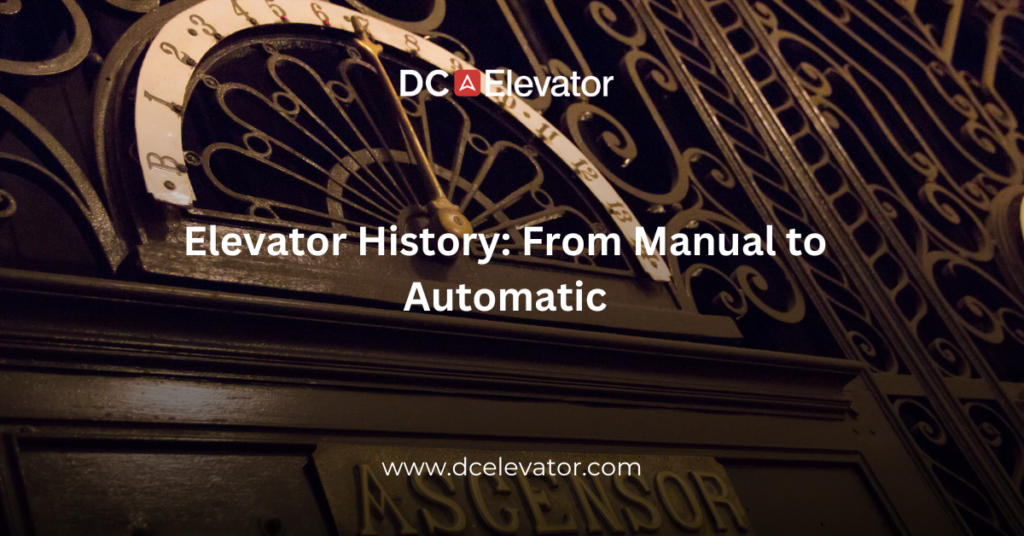The history of elevators spans centuries, evolving from simple manual systems to the modern, efficient automatic elevators we rely on today. As technology advanced, elevators transformed not only in their mechanics but also in how they shaped urban landscapes, allowing cities to grow vertically. In this blog, we’ll explore the fascinating journey of elevator technology, from early manual systems to the automatic elevators that revolutionized building design.
Early Elevators: Manual Operation
The earliest elevators date back to ancient times when rudimentary hoists were used to transport goods. These early versions relied on human or animal power to operate, often using pulleys and ropes. It wasn’t until the 19th century that elevators became a more integral part of building infrastructure.
- Manual Elevators: These early systems required operators to control the elevator manually, using levers and cranks to move the cab between floors.
- Usage: Mainly used in factories, warehouses, and later in multi-story buildings, manual elevators were slow and required constant human involvement.
The Industrial Revolution: A Shift in Elevator Technology
During the Industrial Revolution, advancements in technology allowed elevators to become more practical and widespread. Steam power and hydraulic systems replaced manual effort, allowing elevators to transport heavier loads more efficiently.
- Steam-Powered Elevators: The introduction of steam-powered elevators in the early 1800s marked a significant leap. These elevators were faster and more powerful, but they still required operators.
- Hydraulic Elevators: In the mid-1800s, hydraulic elevators were introduced, using water pressure to move the elevator cab. This system offered smoother rides and could handle greater loads.
The Safety Breakthrough: Elisha Otis
In 1852, Elisha Otis invented the safety brake, a crucial innovation that addressed the biggest fear surrounding elevators: what happens if the rope breaks? Otis’ invention ensured that the elevator would not plummet, even if its hoisting rope failed. This safety feature revolutionized the industry, making elevators far safer and more reliable.
- Otis Safety Elevator: Otis publicly demonstrated his invention in 1854, which led to a surge in the popularity of elevators for passenger transport in buildings.
- Impact: The safety elevator allowed taller buildings to be constructed, contributing to the rise of skyscrapers in major cities.
The Rise of Automatic Elevators
By the early 20th century, advancements in electricity paved the way for automatic elevators, eliminating the need for human operators. These elevators could be controlled by passengers, using buttons to select floors.
- Electric Elevators: Introduced in the late 1800s, electric-powered elevators were a game-changer. They were faster, more efficient, and could be easily automated.
- Push-Button Controls: The introduction of push-button systems in the early 1900s allowed passengers to operate the elevator themselves, marking the shift from operator-driven systems to fully automatic elevators.
Modern Automatic Elevators
Today’s elevators are fully automated and equipped with advanced features like sensors, smooth acceleration, and safety systems. These innovations have made elevators faster, safer, and more convenient than ever before.
- Advanced Systems: Modern elevators are powered by electric motors, with computerized controls to manage speed, direction, and safety.
- Impact on Skyscrapers: The development of automatic elevators enabled the construction of taller skyscrapers, transforming urban skylines around the world.
Conclusion
The evolution of elevators from manual to automatic systems is a story of innovation, safety, and efficiency. From early hoists to today’s sleek automatic elevators, each advancement has played a role in shaping how we build and navigate our cities. Modern elevators, with their advanced technology, continue to push the boundaries of vertical transportation, making tall buildings more accessible and safe for everyone.
